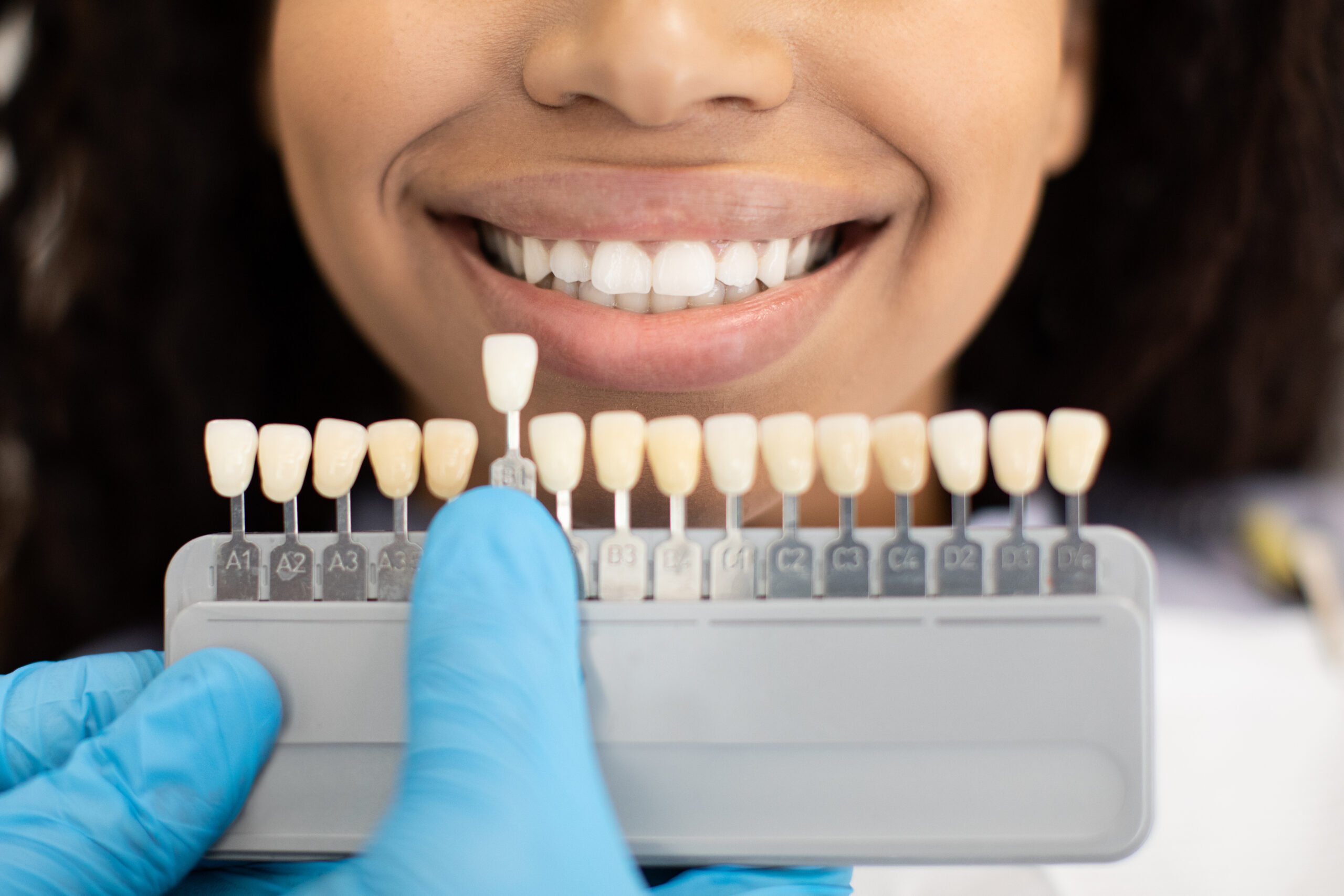When you flash your smile with white spots on teeth, you’re not just revealing your mood; you’re also opening a window to your overall health. While you might diligently brush and floss every day, you may notice unwelcome guests on your pearly whites – white spots. These seemingly benign spots can hint at underlying dental issues that warrant your attention. This article breaks down the causes of white spots and navigates through the treatment options to keep your smile in top shape.
The Importance of Dental Health
Your smile is often your first impression, and taking care of your dental health is essential for more than just appearances. Dental health is a gateway to your overall well-being, as issues in the mouth can directly or indirectly affect the rest of your body. Therefore, even the smallest changes in your teeth’s appearance should not be overlooked.
What Are White Spots on Teeth?
White spots, also referred to as “hypomineralization,” are areas of the teeth that have lost minerals. These are the signs of early decay, which weakens your enamel and makes your teeth more susceptible to cavities. Understanding why these spots appear is the first step in protecting your dental health.
Causes of White Spots
Enamel Hypoplasia
This condition arises when the enamel doesn’t form as it should, usually due to a lack of nutrients or a complication during childhood development. Teeth with enamel hypoplasia are more prone to white spots and are weaker overall, making them more susceptible to cavities and breakage.
Dental Fluorosis
Fluorosis occurs when children are exposed to too much fluoride as their teeth are developing. It leads to the appearance of faint, white lines or streaks on the teeth. Fluorosis is typically harmless and often reflects more fluoride intake than the body requires.
Poor Oral Hygiene
Neglecting your oral hygiene can result in the accumulation of plaque on your teeth, which is a leading cause of white spots. When acids from plaque bacteria attack your enamel, they can lead to demineralization, leaving white patches in their wake.
Acid Erosion
Consuming acidic foods and beverages, or having health conditions that affect stomach acid levels, can erode the enamel over time. When enamel erodes, it becomes weaker and more transparent, which can lead to white spots.
Treatment Options for White Spots
Understanding the cause of the white spots will often provide insight into the best treatment options. Here are some common treatments:
Fluoride Treatment
In its early stages, white spot lesions can often be reversed with fluoride treatments. Fluoride helps to re-mineralize the enamel, strengthening it and making it more resistant to acid. These treatments can be in the form of varnishes, pastes, or gels applied at the dental office or prescribed for home use.
Microabrasion
This procedure involves using a fine sanding technique to remove a small amount of enamel from the tooth’s surface. While this can help alleviate the visibility of white spots, it is an irreversible process and should be carefully considered with your dentist.
Dental Bonding
Dental bonding is often used for cosmetic purposes but can also be a solution for white spots. In this procedure, a tooth-colored resin is applied to the tooth’s surface, shaped to blend with your natural teeth, and then hardened with a special light. It’s a non-invasive treatment that provides immediate improvement.
Enamel Remineralization
There are several over-the-counter remineralization toothpaste and mouthwash products available. These often contain calcium phosphate and fluoride that can help restore minerals to the enamel. Daily use may gradually reduce the visibility of white spots.
It’s important to remember that treatment effectiveness varies depending on factors such as the severity of the white spots and individual response to treatment.
Prevention Strategies
Preventing white spots starts with maintaining good oral hygiene and understanding the role of your diet in dental health. Here are some strategies:
Proper Oral Hygiene Practices
Regular brushing with fluoride toothpaste, flossing, and using an antiseptic mouthwash can help keep plaque at bay. Remember to brush twice daily and floss at least once a day to ensure all surfaces of your teeth are cleaned.
Diet Modifications
Limiting sugary and acidic foods can help reduce the risk of white spots. If you do consume these foods or drinks, use a straw to minimize contact with your teeth and always rinse your mouth with water afterward. Healthy alternatives like dairy products can also help neutralize acids and strengthen your teeth.
Regular Dental Check-ups
Schedule dental exams and cleanings every six months or as recommended by your dentist. These visits can help detect and address dental issues such as white spots early on, before they develop into more serious concerns.
Impact on Overall Health
Your oral health is closely connected to your overall health, with studies linking periodontal disease to conditions such as diabetes, heart disease, and stroke. By maintaining a healthy mouth, you’re also taking steps to safeguard your general well-being.
Conclusion
White spots on teeth are often the beginning of more significant dental health problems. With the right knowledge and proactive measures, you can guard against these issues and maintain a radiant, healthy smile. Remember to practice good oral hygiene, seek professional guidance, and treat dental health as an integral part of your overall health routine. Don’t wait for white spots to become a bigger issue; take action now to preserve your dental integrity and, in turn, your well-being.
